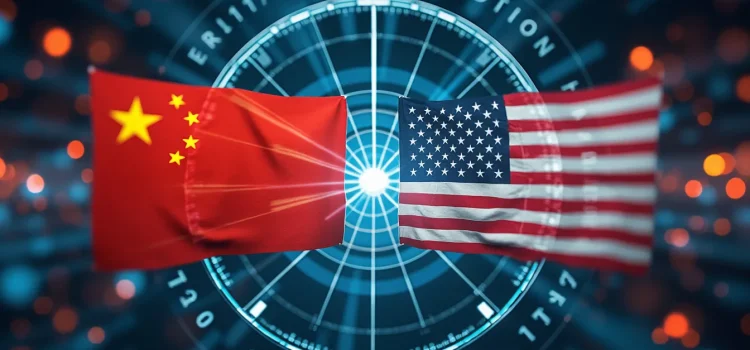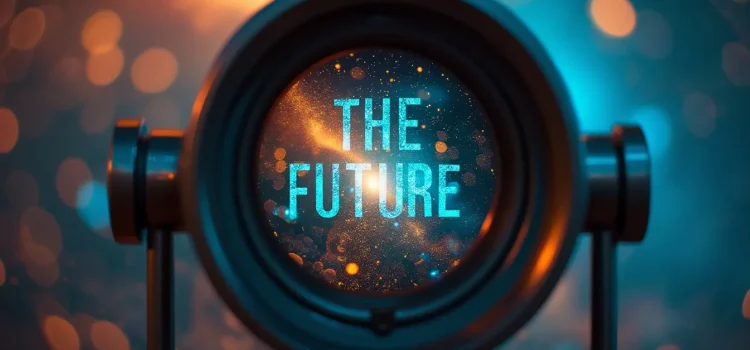Is your work-life balance out of whack? Have you forgotten how to truly rest and enjoy leisure time? The live-to-work mentality has become deeply ingrained in our society, warping our relationship with rest and leisure. Many people find themselves unable to stop working, either because they’ve forgotten how to relax or believe they don’t deserve a break. Keep reading to explore three myths behind this toxic belief system that Tricia Hersey identifies in her book Rest Is Resistance.
The Live-to-Work Mentality: 3 Myths of Grind Culture










